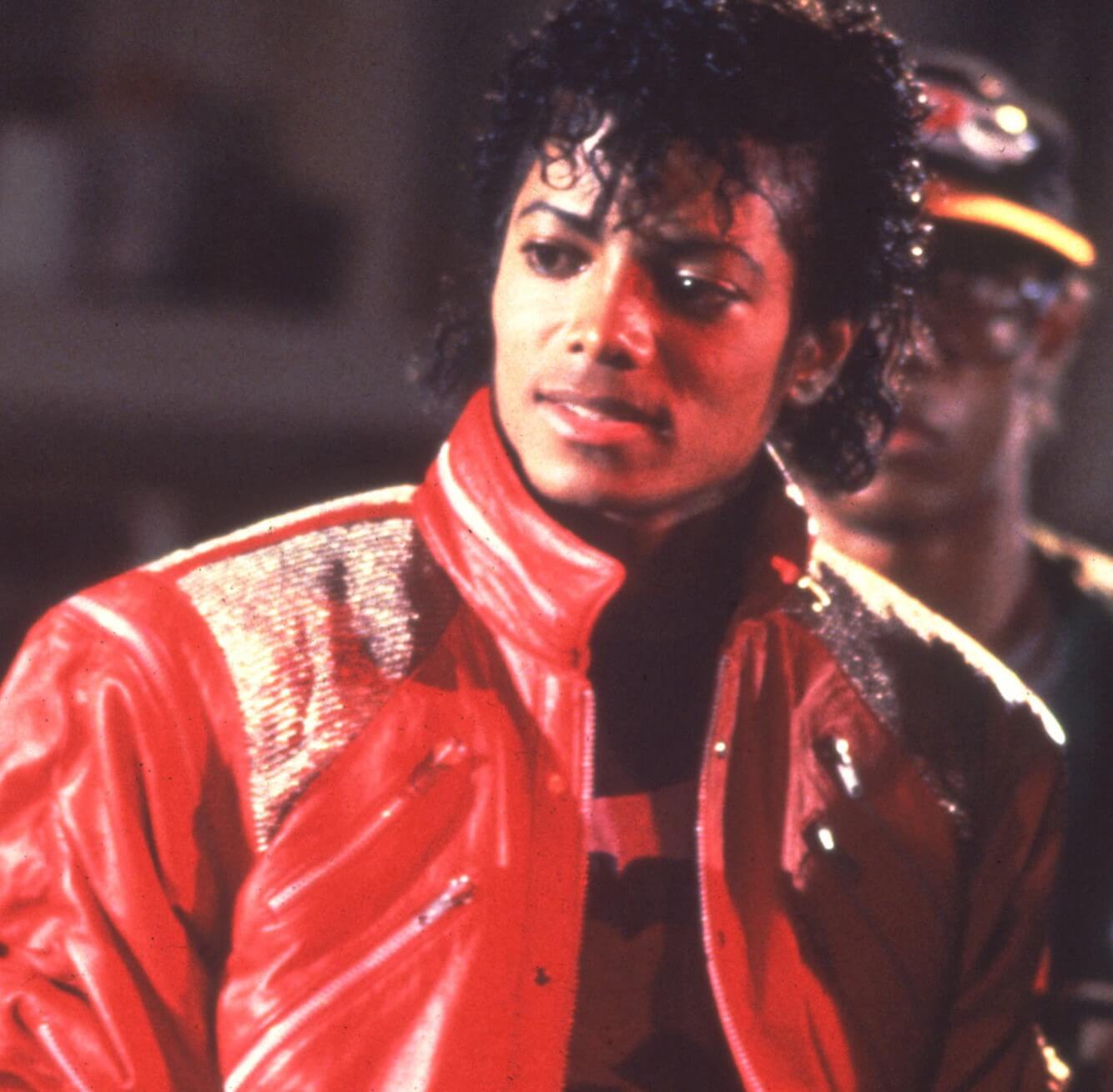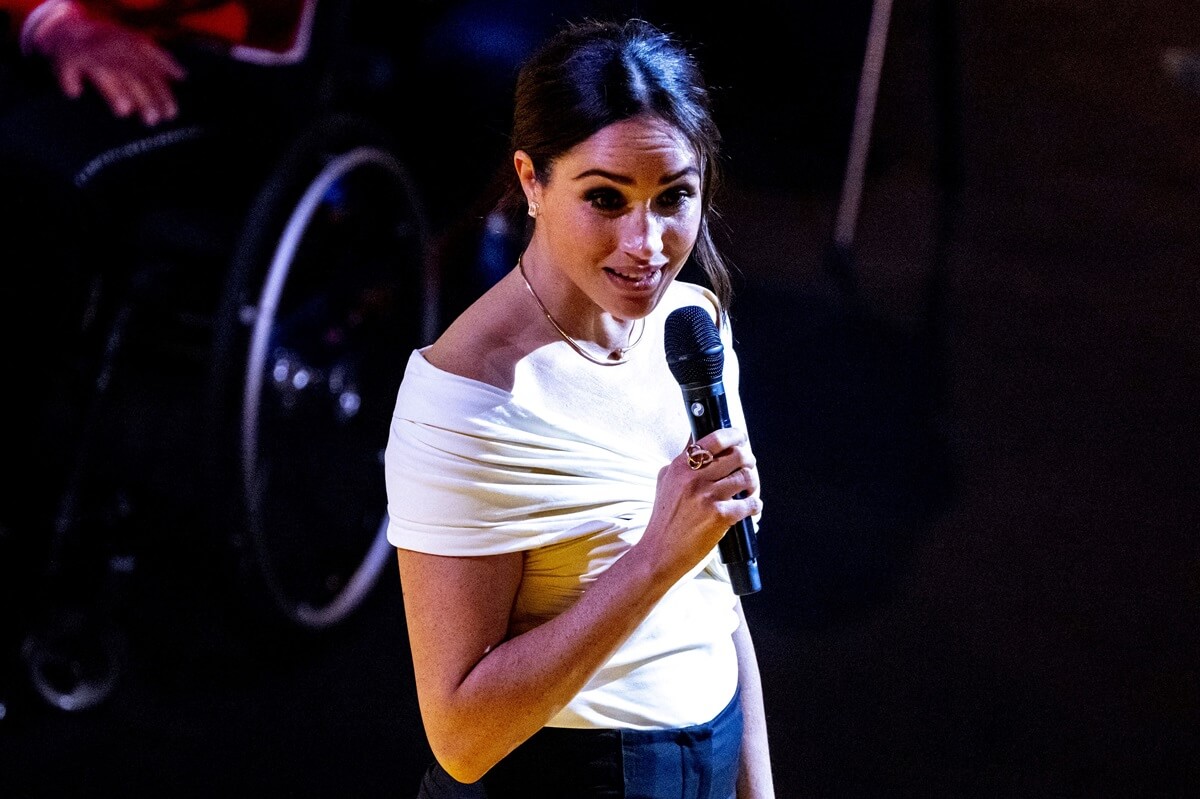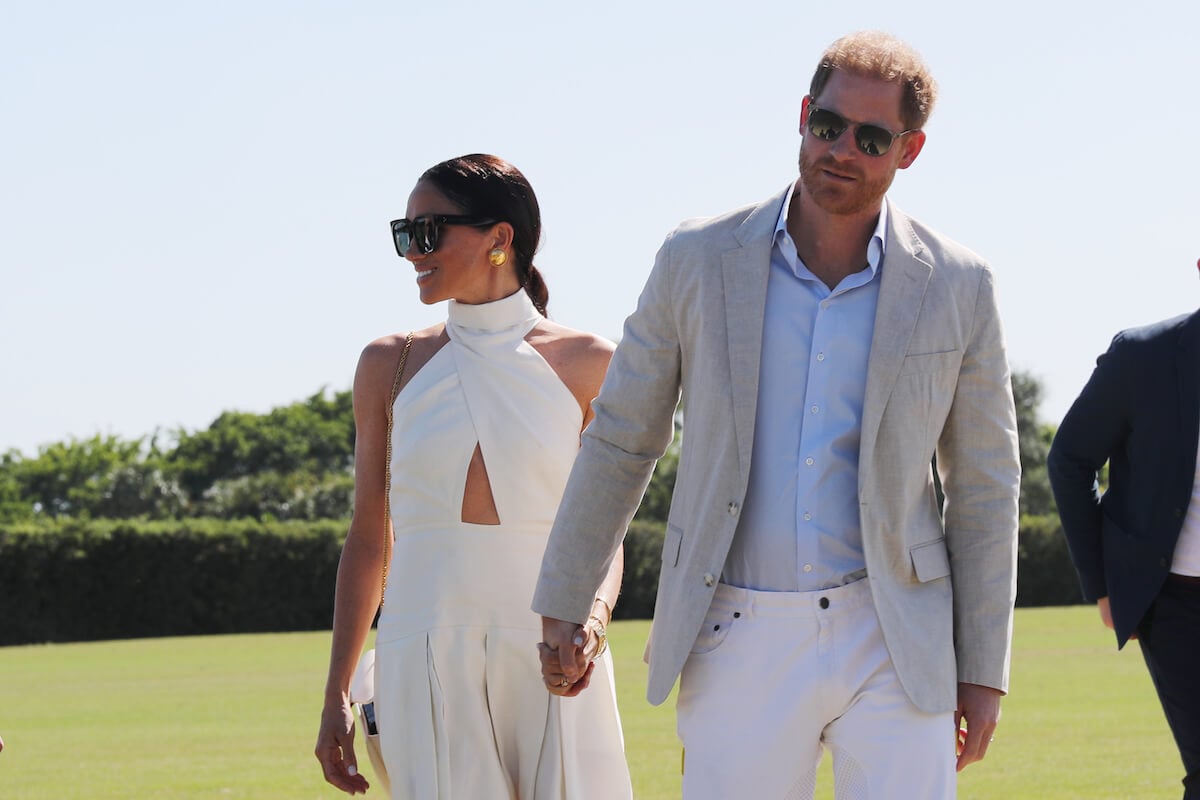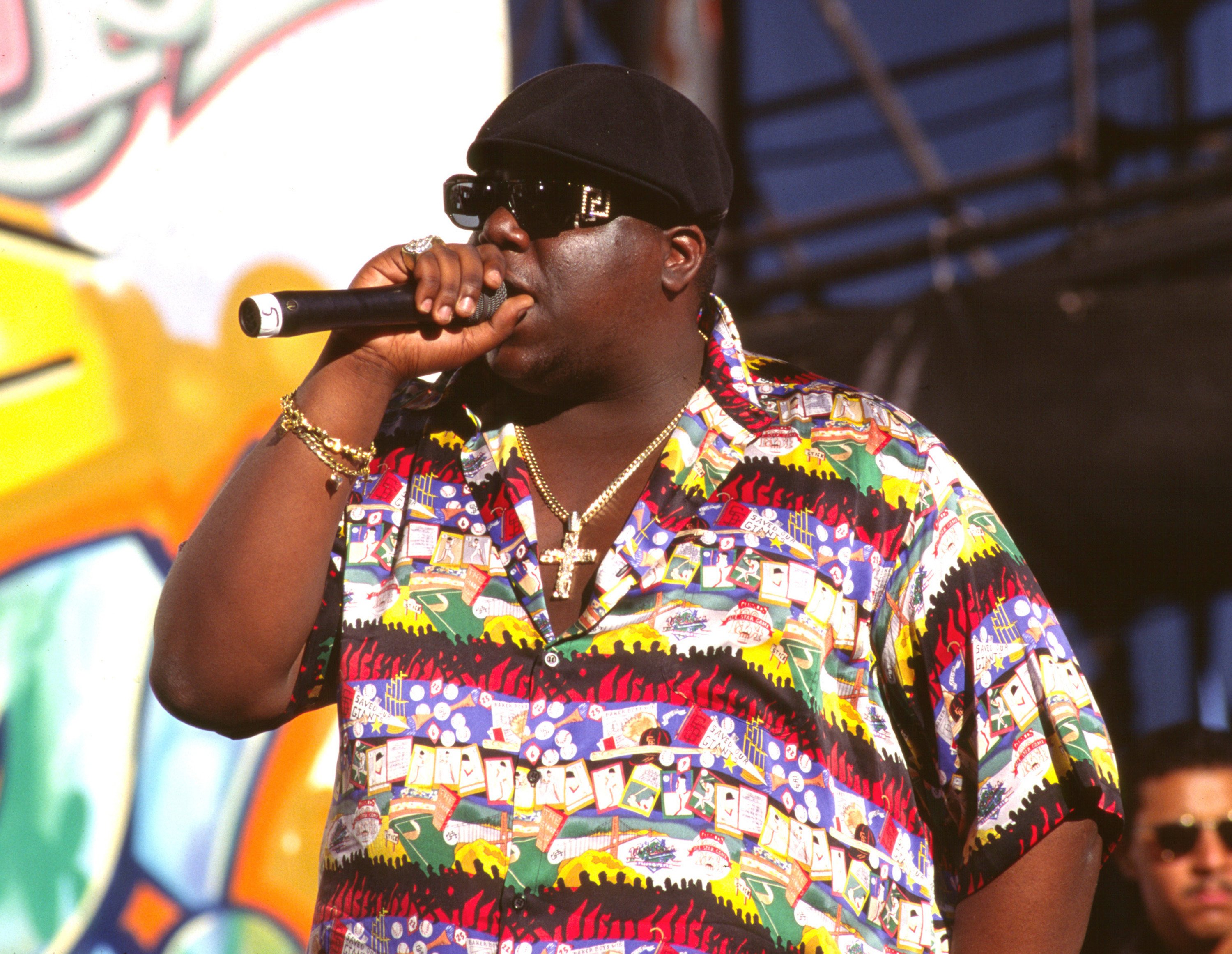
Why The Notorious B.I.G.’s ‘I Got a Story to Tell’ Almost Didn’t Make It on ‘Life After Death’
In 1996 and early 1997, Brooklyn-bred rapper The Notorious B.I.G. was hard at work on his sophomore album, Life After Death. One of the songs on the timeless album was “I Got a Story to Tell,” where Biggie rapped about his encounters with women in his signature way of creating a narrative. And while the song remains a favorite amongst Biggie fans, the song was almost cut from Life After Death entirely.
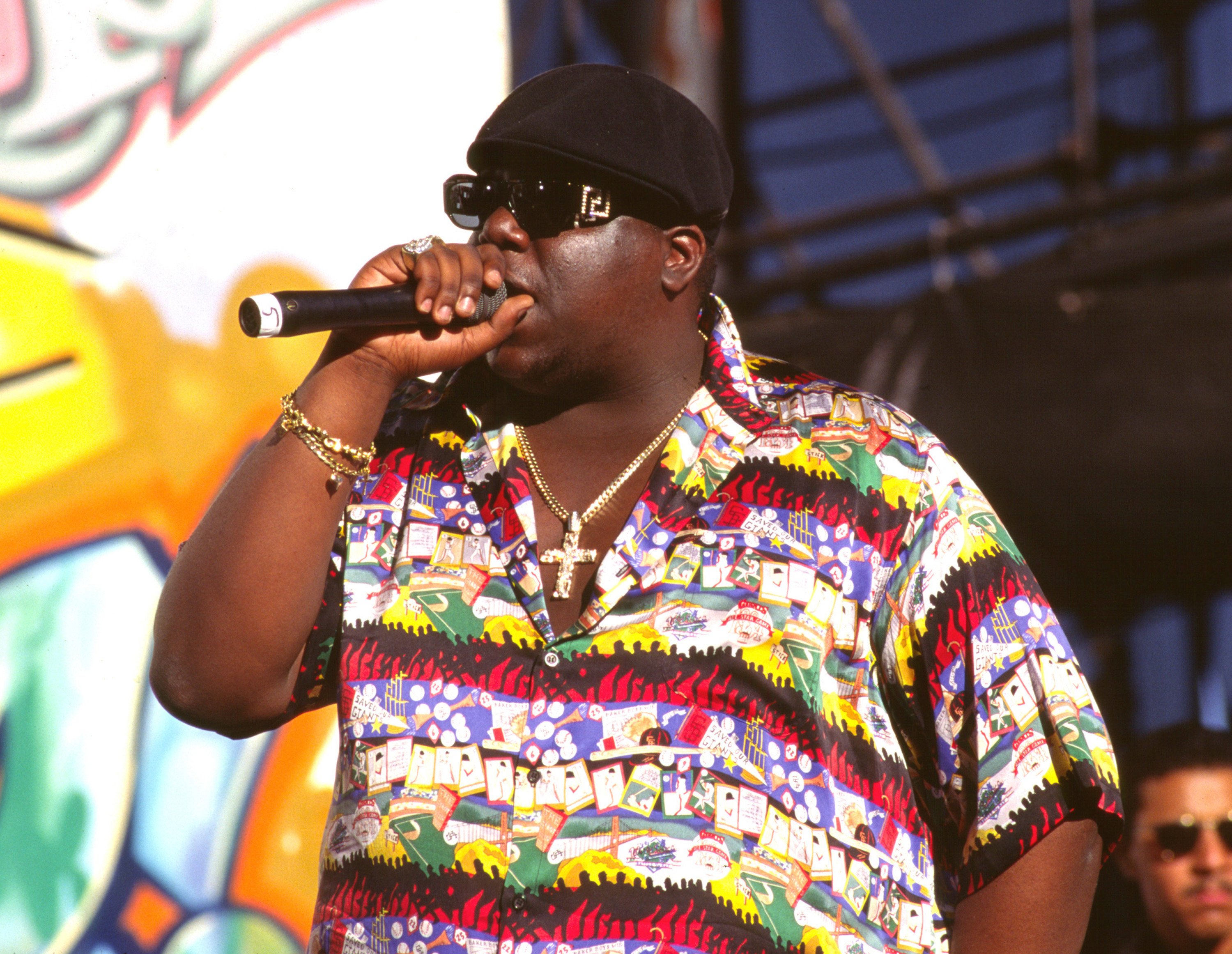
The Notorious B.I.G. recorded ‘I Got a Story to Tell’ for his ‘Life After Death’ album
“I Got a Story to Tell” was produced by Buckwild and co-produced by Chucky Thompson with help from Sean “Diddy” Combs, founder of Bad Boy Records and friend of Biggie’s. Buckwild and Thompson, along with Life After Death A&R Deric “D-Dot” Angelettie looked back on the creation of the album, and “I Got a Story to Tell” specifically, in the April 2003 edition of XXL magazine.
“Big picked beats on vibe, and he was looking for beats to fit into the album,” Buckwild said. “Big was the type of dude where there could be 50 people in the room and you think he wouldn’t be listening. You’d play him 50 beats and you’d think he wasn’t paying attention, ’cause he’s sitting there smoking and zoning out. And then at the end, he’d be like, ‘I want number 12, and put number 30 on a tape.'”
“I Got a Story to Tell” sampled Andreas Vollenweilder’s 1982 song “Belladonna.” The sample proved to be a hurdle throughout the recording process.
“The song was done, and everyone was telling me the song was incredible. That was all I kept hearing,” Buckwild remembered. “But we had big problems with the sample. It almost didn’t make the album. Working with [Diddy], it was a blessing that he had people who could come in and get him around the sample issues. Chucky [Thompson], being an excellent musician, he replayed it and found the exact same sound. Chuck just had to change one or two notes. If I played the original and I played the sample, there’s nothing really different.”
‘I Got a Story to Tell’ almost didn’t make it on the album
Thompson went on to tell his side of the story of “I Got a Story to Tell.”
“[Diddy] played me songs, trying to get me amped. He played me ‘I Got A Story To Tell,’ and I just loved it. But him and [Bad Boy Records’] Harve [Pierre] said they can’t use it because of a problem with a sample,” Thompson recalled.
“I knew what was needed. It was the night of the Grammys. So I went straight from the Grammys to Daddy’s House, and I’m in there with a tuxedo just trying to finish up, ’cause they was wrapping the album up,” he continued. “[Diddy] really didn’t understand what I was doing. I think the pressure was on him. He was like, ‘We’re just going to scrap the song.’ I told him to just relax. Just leave the room, go pressure your a** somewhere else. Let me deal with this.”
“I liked the original way Buckwild done it. All we had to do was take a piece out, which in the original sample was really just the harp part. I knew if I could get it to the point where it’s unrecognizable, we were good,” he added. “So I went in, grabbed the guitar and started filling in the pieces. I took the same melodies. I just changed a few of the instruments. I moved it from harp to the guitar, put a little bit of harp in there, but anybody that knows that original record is probably scratching their head, like, ‘How the hell did he…?'”
‘I Got a Story to Tell’ was a story in every sense of the word
D-Dot, meanwhile, marveled at the finished product and Biggie’s ability to weave a tale effortlessly.
“I could be wrong, but I’ve never heard a rapper rap through a story — rap you a story and then tell you the whole story again without rapping it,” he admitted. “In ‘I Got A Story To Tell’ Big tells you the story about how he met this chick. She was wild, he went to the crib not knowing that she’s f***ing with this basketball guy. The basketball player guy comes home, and in order to get out of there, Big had to pretend he was robbing her. So it looks like she’s getting robbed as opposed to having sex with Big. Then after he finishes the story, the beat plays on and then he goes back and tells you exactly what he rapped about, in case you didn’t catch it, like he’s telling it to his boys. That’s the creative part that I’d never seen anyone do.”
In the end, Biggie wouldn’t live to see Life After Death‘s success. The 24-year-old rapper was gunned down in Los Angeles in March 1997, just two weeks before the release of the album.
Two decades later, the song title would be used for the Netflix documentary Biggie: I Got a Story to Tell.
